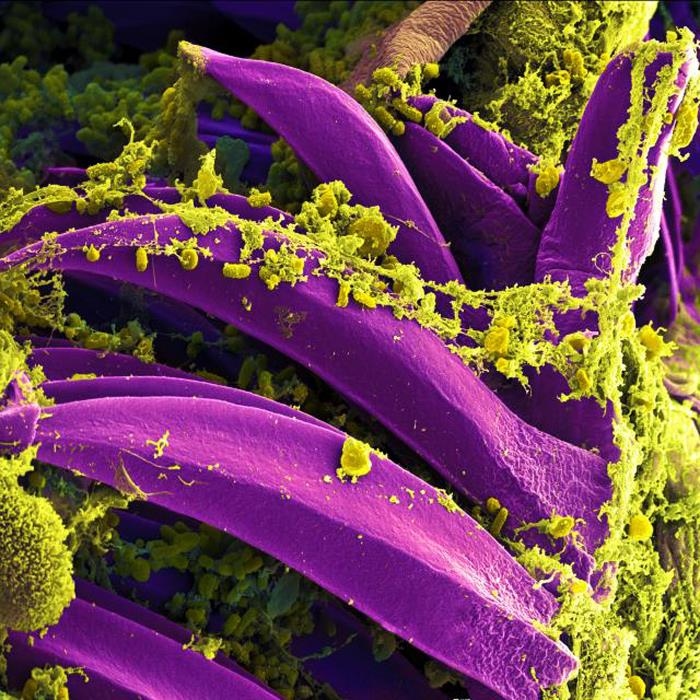It’s “plague season” in Madagascar; however, this year is unique as the current outbreak is affecting major urban centres in the country concerning health officials.

For the six years from Jan. 1, 2010 to Dec. 31 2015, 3248 cases of plague in humans were reported, resulting in 584 deaths. This makes Madagascar the most seriously affected country in the world with 74 percent of all cases globally.
There is a seasonal upsurge (predominantly the bubonic form) each year in Madagascar, usually between August and September.
To date, 231 infections and 33 deaths, mostly the more serious pneumonic plague type that can spread person-to-person, have been reported since August.
Today, the World Health Organization (WHO) announced it is has delivered nearly 1.2 million doses of antibiotics and released US$1.5 million dollars in emergency funds to fight plague in Madagascar.
LISTEN: Plague: An interview with Dr. Paul Ettestad
“Plague is curable if detected in time. Our teams are working to ensure that everyone at risk has access to protection and treatment. The faster we move, the more lives we save,” said Dr. Charlotte Ndiaye, WHO Representative in Madagascar. The different types of drugs will be used for both curative and prophylactic care.
Related:
- Brazil: Hepatitis A cases up 700 percent in São Paulo
- Potential targets for treatment of cutaneous leishmaniasis identified by University of São Paulo researchers
- New Zealand: Measles and rubella officially eliminated
- Michigan: Hepatitis A warning issued in Ann Arbor
- San Diego hepatitis A update: Emergency shelter for homeless declaration, Public statement controversy
- Idaho researchers receive grant for Giardia treatment research
- Tickborne diseases: Laboratory diagnosis and treatment
- Zika screening test for blood donations receive FDA nod

